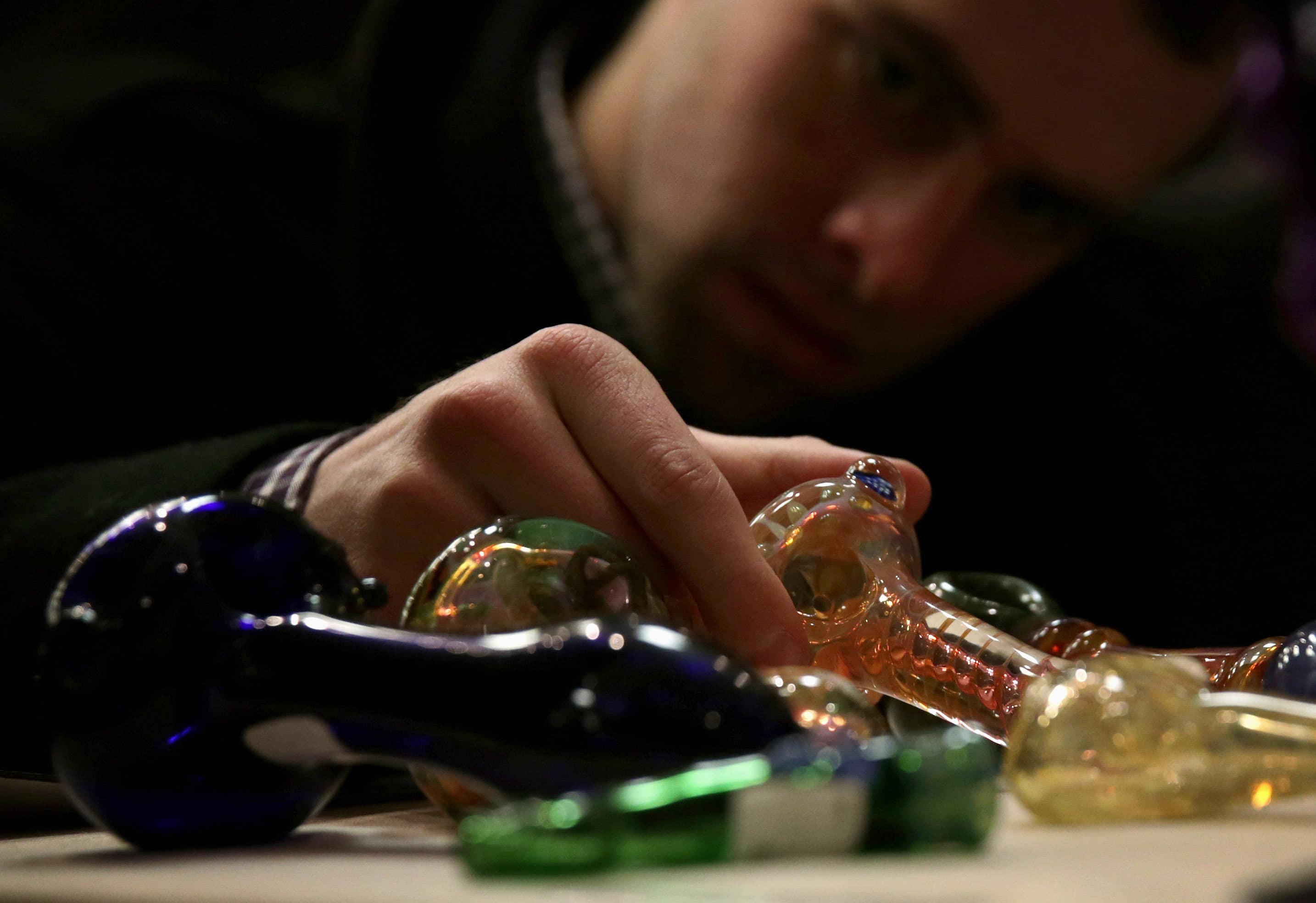See also: Cost of drug war in Costa Rica too high, says former police officer
WASHINGTON, D.C. — Since the 1970s, advocates of an aggressive drug war have maintained that any liberalization of drug laws would “send the wrong message” to kids and increase adolescent drug use. This claim has been asserted repeatedly particularly in the debate over medical marijuana laws.
But there’s an ever-growing body of peer-reviewed research suggesting otherwise, and the latest such study comes from a group of researchers at Columbia University in New York and elsewhere in this week’s journal of Lancet Psychiatry.
The authors analyzed 24 years of state-level survey data from the Monitoring the Future Survey, a large annual survey of 8th, 10th and 12th-graders in the U.S. The data included interviews with more than 1 million respondents, which the authors crunched to determine two things: First, is teen marijuana use higher in states that have medical marijuana laws? And second, did the passage of these laws cause increase teen use in subsequent years?
Here’s what they found: First, teen use is indeed higher in states with medical marijuana laws than in those without: “States that had ever enacted a medical marijuana law up to 2014 had higher prevalence of adolescent marijuana use than did other states.” Overall, teens in states with medical marijuana laws are about 27 percent more likely to use marijuana regularly than those in states without marijuana laws.
But crucially, this higher rate of use doesn’t seem to be linked to the passage of those medical marijuana laws. Controlling for various individual-level, school-level and state-level risk factors, kids were no more likely to report marijuana use after the enactment of medical marijuana laws than they were before it. “The risk of marijuana use did not significantly change after passage of a medical marijuana law,” the authors found. In fact, they even observed a statistically significant decrease in use among eight graders after the passage of medical marijuana bills.
So, wait: If medical marijuana laws aren’t causing increased teen pot use, then why are use rates higher in medical marijuana states? Probably due to other, unseen factors, like cultural factors, or overall attitudes toward drug use. “State-level risk factors other than medical marijuana laws could contribute to both marijuana use and the passage of medical marijuana laws, and such factors warrant investigation,” the authors wrote.
The study, compiled with the body of research that’s come before it, provides new evidence that medical marijuana laws aren’t causing increased teen use: “these findings, consistent with those from earlier studies, provide the strongest empirical evidence yet that medical marijuana laws do not account for increased use of marijuana in U.S. adolescents,” the researchers write.
When it comes to the frequent claims that medical marijuana will “send the wrong message to kids,” the authors don’t mince words: “Our study findings suggest that the debate over the role of medical marijuana laws in adolescent marijuana use should cease, and that resources should be applied to identifying the factors that do affect risk.”
Read more stories on legalization efforts
© 2015, The Washington Post






